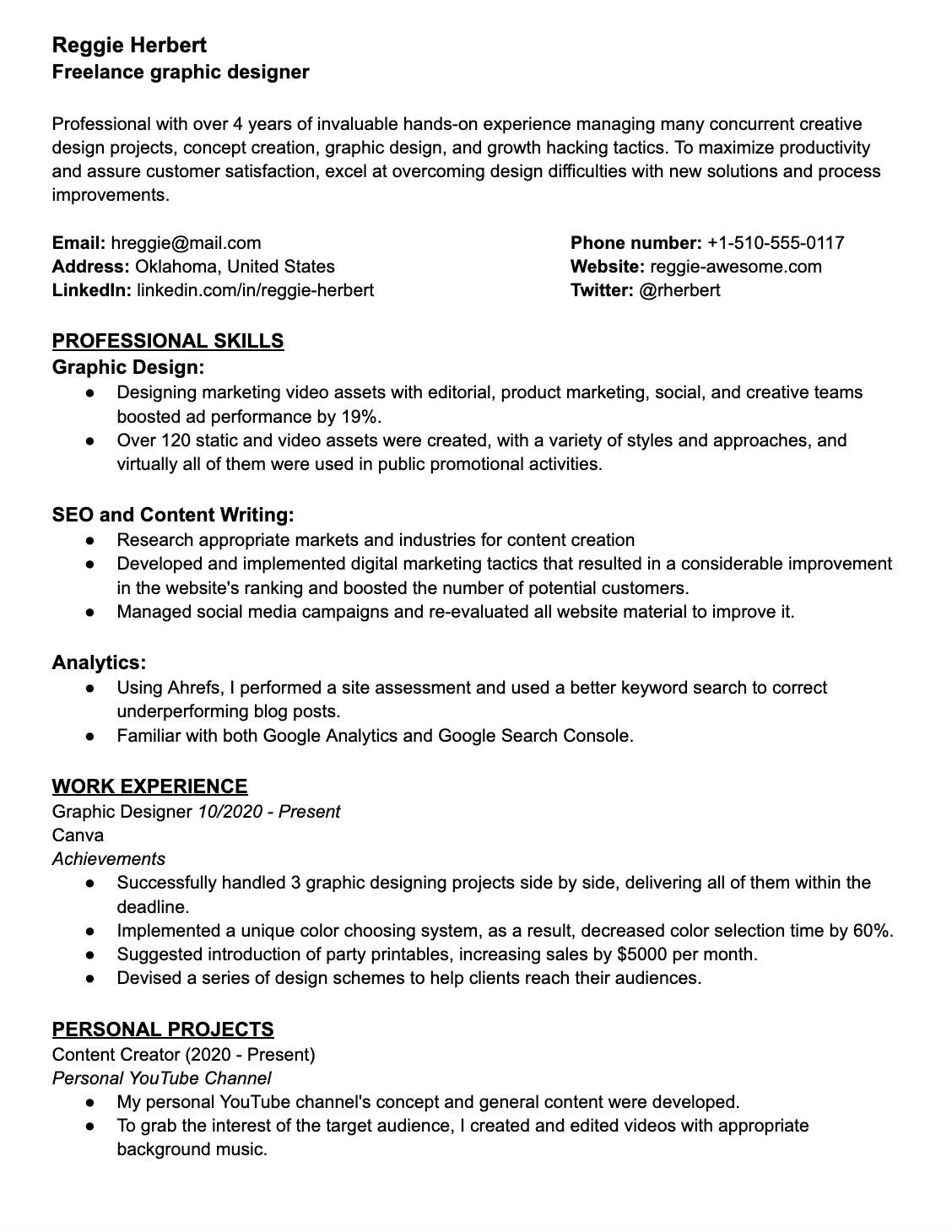If the chronological resume or functional resume formats don’t seem to illustrate your career effectively, consider learning how to write a combination resume. Not familiar with this resume style? That’s OK. We’ll share everything you need to know to create a document that opens up the ideal professional doors for you!
Require guidance in preparing your resume? Explore our detailed reviews of the best resume-writing services out there.
What Is A Combination Resume?
A combination resume is a hybrid blend of the functional and chronological types of resumes. Like the functional resume, a combination resume features your relevant skills at the top of the document. But, then, it also presents your work history in reverse chronological order.
Benefits Of Using A Combination Resume
A combination resume puts your capabilities and accomplishments front and center and then ties them to the positions that you’ve held. It meets hiring manager and recruiter expectations because it includes a timeline of your career. But, it also showcases your best skills and professional accolades.
When To Use A Combination Resume
You may want to use a combination resume up until you hit mid-career (a few years of post-college experience). A combination resume style could also work if you’re making a career change or have a major gap in your employment history. It shows what you’re capable of now – and where you’ve been before.
Please note: New grads should take a closer look at the functional resume format, while senior-level professionals with a stable job history should almost always submit a chronological resume.
How To Write A Combination Resume
A combination resume should have these sections, in this order:
- Heading with your name and how to contact you
- Summary statement that briefly highlights your best and most relevant qualifications
- Skills that are tailored to the job description whenever possible (listed in bullet points)
- Work history that shows how your skills made you successful in each role
- Educational background – especially if you’re early in your career or the position requires it
Pro Tip: If you have some work experience that’s not directly related to the position, consider using two headings within the work history section: Related Experience and Other Experience.
Here’s an example of a summary statement:
Inquisitive and collaborative HR professional with two years of generalist experience in the manufacturing industry.
And here’s what your skills section could look like:
Join The Break Community
- Recruiting
- Benefits administration
- Payroll processing
- New hire onboarding and training
- Employee relations
- Policy creation and implementation
Finally, here’s how you could discuss your work history:
Reminder: You need to use the work history section to expand on the skills listed above.
ABC Corporation, Anywhere, USA
Human Resources Generalist (2019-2021)
- Recruited 40 professionals for administrative, creative, and engineering roles, with an average time-to-fill of 20 days
- Conducted orientation and initial training sessions for all new hires
- Served as the main point of contact for all benefits, including health insurance and retirement plans
- Processed bi-weekly payroll for 250 employees geographically dispersed throughout the United States
- Partnered with managers on employee relations concerns and administered disciplinary action, including termination of employment, when necessary
- Created and implemented compliant HR-related processes for a rapidly growing organization
Pro Tip: If you have relevant certifications or other credentials, list them towards the top of the document – especially if the company wants them.
Combination Resume Sample

Frequently Asked Questions
How do you write a combination resume?
You write a combination resume by listing your relevant skills followed by your work history in reverse chronological order.
What is a combination format resume?
The combination format resume blends the functional resume’s focus on your skills with the chronological resume’s focus on your career timeline.
What is the correct order of information in a combination resume?
The correct order of information in a combination resume is name and contact information, professional summary, skills, work history, and education or other credentials.
What is the best resume format for this year?
The chronological resume is the best resume format for this year because it’s the most widely accepted by recruiters and hiring managers. Plus, it’s more likely to get through applicant tracking system screening than a functional resume.
If you're in search of additional platforms for job opportunities, consult our guide to the top job posting sites.
The Bottom Line
This combination resume format marries the best aspects of both the chronological and functional styles. After our discussion here, you should feel confident about how to write a combination resume. But, if you get stuck, it might be time to check out one of the best resume writing services available.













